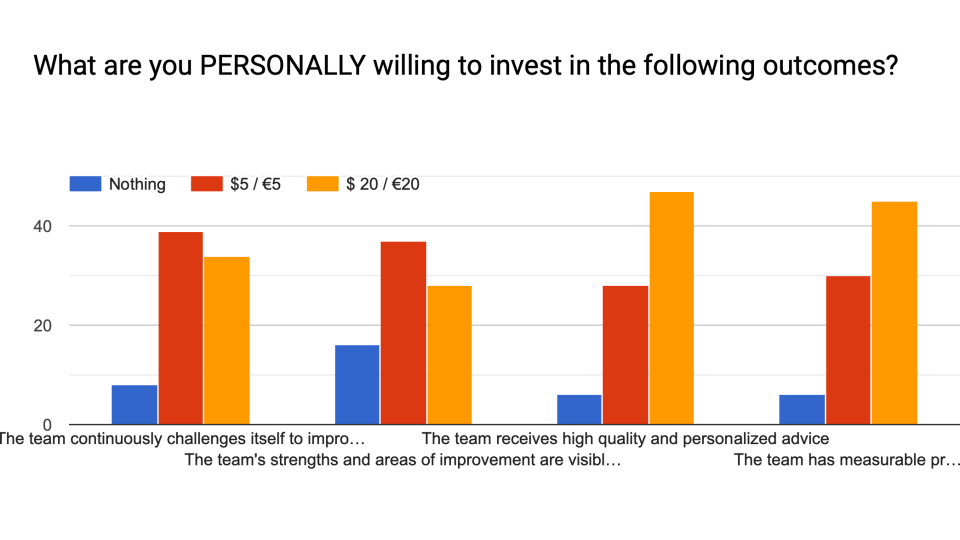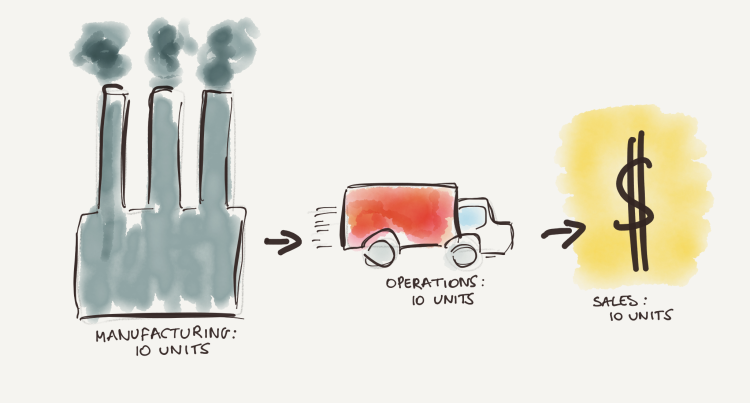Musings about Leadership
Check out our latest post
What's the fuss about autonomy?

Reading time: 3 min
It’s one of those words that come back over and over again in context of modern delivery approaches and organizational structures. The word seems common enough to mean approximately the same in people’s minds, however I have found that it is often confused for something else. According to Merriamm-Webster, autonomy is the quality or state of being self-governing. This distinguishes it from the term empowerment, which is the state of being empowered to do something. In other words, autonomy is an internal property - it comes from within -, while empowerment comes from someone’s approval.
Autonomous teams make their own decisions, they do it based on their objectives and all the relevant information they have available about the world around them. Empowered teams also are told to do exactly that. However, the scope of their decision making power - sometimes explicit, more often implicit - limits their autonomy significantly and can even shrink should a decision be made that does not align...
All articles

How to scale the transformation
Reading time: 4 min
Your organization is changing and undergoing transformation. You’ve rolled out Agile (Scrum and Kanban), you’ve scaled it (SAFe, LeSS, etc.) and even applied DevOps practices (you’re using Kubernetes right? Isn’t that DevOps?) Yet still, millions later, the purported value has yet to materialize.
So how come, after all this work, we still have not realized the value?
Despite all the evidence to the contrary, perhaps we are still stuck in old ways of thinking. Real transformation requires new ways of thinking about the problems and in the case of the examples above, have we really changed? (Kubernetes is an orchestration framework for containers and does not equate to having adopted DevOps).
With millions spent already, what are we missing?

Making Digital Transformation Stick
Reading time: 4 min
You have an idea, a spark, concept of how your organization could do things better. Now all you need is to work out how. A typical pattern from here is:
Realize you need more information or organizational buy-in
Engage consultants to show you how
Consultants leave
You implement and realize all your goals!
Except step 4 so often doesn’t happen. You have the report, you’ve confirmed what you thought and have a solid plan, but at execution, everything goes wrong.
So what can you do to help your idea succeed once the consultants are gone?

Overcoming Organizational Barriers to Change: Part 3 - Dealing with silos
Reading time: 5 min
When working with some of our larger customers, we frequently run into common barriers to change. Change is difficult and, no matter how often we say it, there is no silver bullet for how to get there. However, we can say there are commonalities in approaches, things we’d look for and actions we’d take in response to those findings. When we look at the delivery of technology within organizations, we often come across the barriers within how the teams are working, but even more frequently, how the organization is working with technology is the bigger barrier. Developing powerful roadmaps is valuable and greatly helps with generating alignment and a common vision.
In my last two posts, I spoke to blame culture and looking at the whole system. In this post, I’m going to talk through the third of three common organizational problems we encounter, dealing with silos and specialization.

Be the change
Reading time: 3 min
In context of our attendance at Collision last month, we published a quick survey to validate some of our assumptions about Socrates. While the survey is still open for everyone to provide us with feedback, this post summarizes the results of the first respondents.

Overcoming Organizational Barriers to Change: Part 2 - Not seeing the system as a whole
Reading time: 6 min
When working with some of our larger customers we frequently run into common barriers to change. Change is difficult and, no matter how often we say it, there is no silver bullet for how to get there. However, we can say there are commonalities in approaches, things we’d look for and actions we’d take in response to those findings. When we look at the delivery of technology within organizations we often come across the barriers within how the teams are organised but even more frequently, how the organization is working with technology is the bigger barrier. Developing powerful roadmaps is valuable and greatly helps with generating alignment and a common vision.
In my last post I spoke to blame culture. In this post I’m going to talk through the second of three common organizational problems we encounter, not looking at the entire system, and how attaining visibility will help you overcome barriers to better achieve your business outcomes.

Overcoming Organizational Barriers to Change: Part 1 - Blame Culture
Reading time: 5 min
When working with some of our larger customers we frequently run into common barriers to change. Change is difficult and, no matter how often we say it, there is no silver bullet for how to get there. However, we can say there are commonalities in approaches, things we’d look for and actions we’d take in response to those findings. When we look at the delivery of IT capabilities within organizations, we often come across the barriers caused by how the teams are organized and, even more frequently, how the organization is working with technology. Developing powerful roadmaps is valuable and greatly helps with generating alignment and a common vision.
In this post I am going to talk through the first of three common organizational problems we encounter and ways to overcome them to better achieve your desired business outcomes. The first of these is called blame culture…